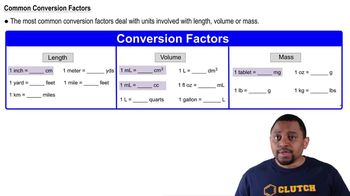Solve each of the following problems using one or more conversion factors:
d. A plant fertilizer contains 15% nitrogen (N) by mass. In a container of soluble plant food, there are 10.0 oz of fertilizer. How many grams of nitrogen are in the container?





